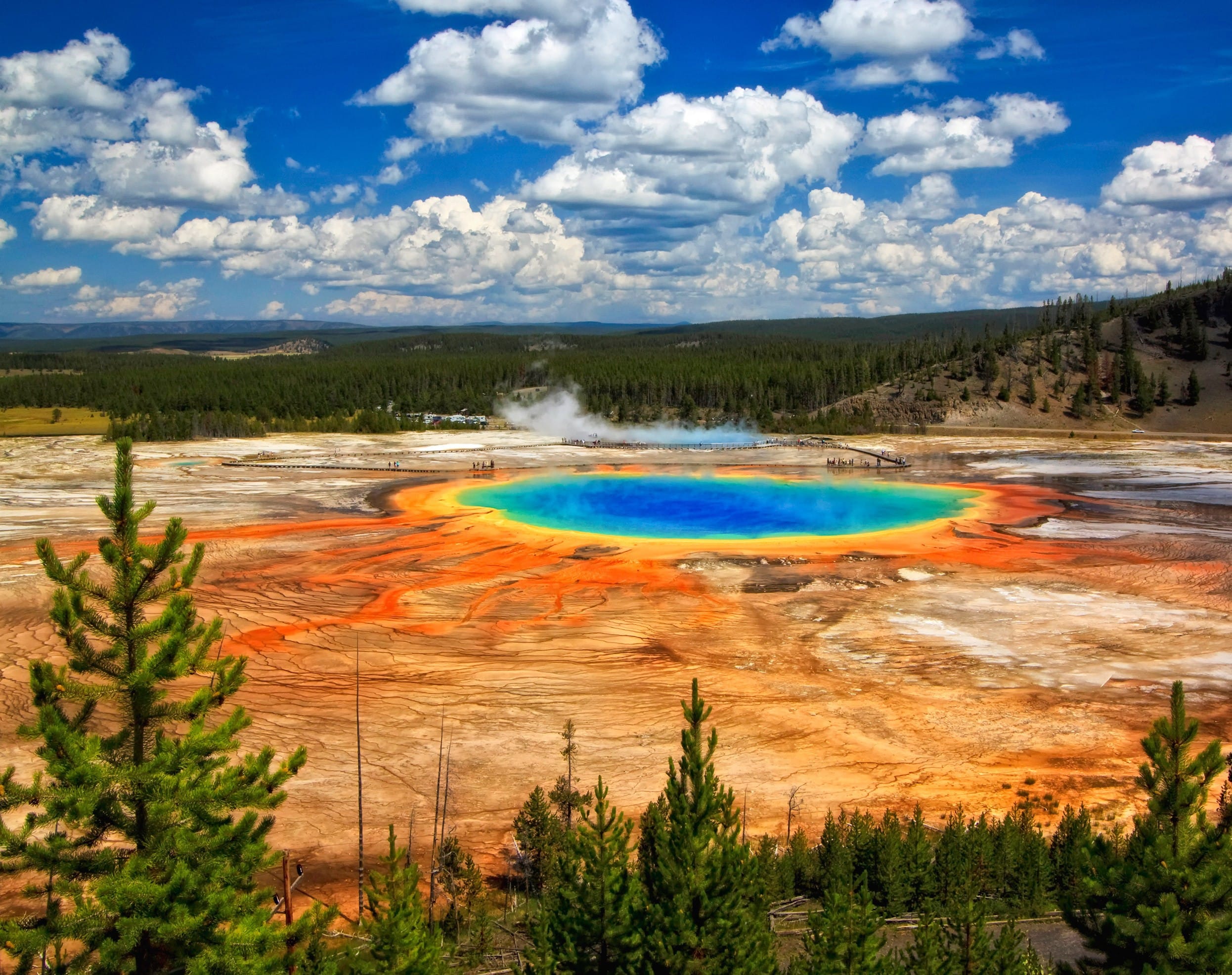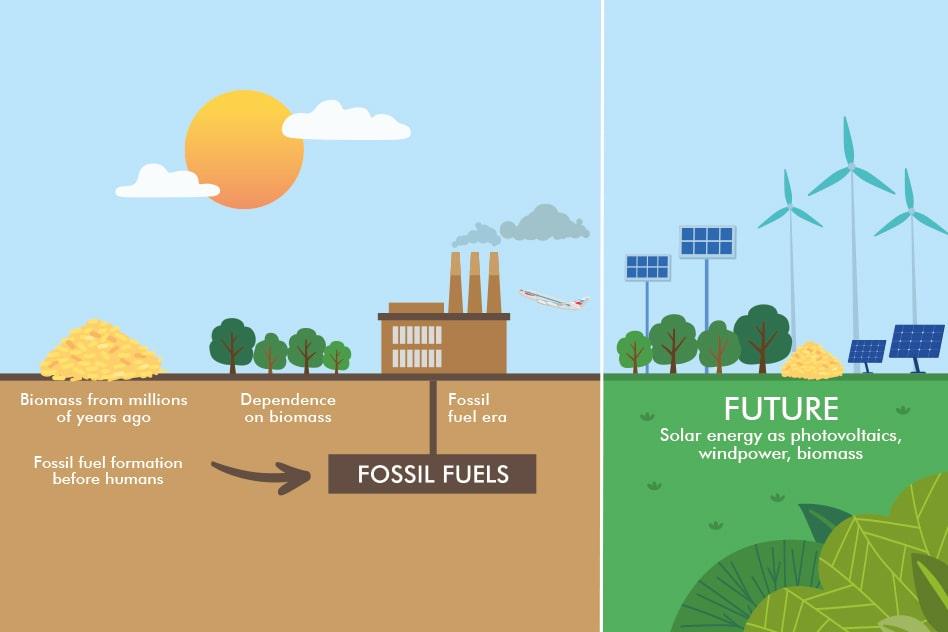Yellowstone National Park, known for its stunning landscapes and geothermal features, is also home to one of the largest active volcanic systems in the world. The Yellowstone supervolcano has been the subject of extensive study due to its potential for significant geological activity. A recent study has brought to light new findings that suggest a possible shift in the volcanic activity of this iconic site, with indications that such activity may be moving northeast.
The research, conducted by a team of geologists and volcanologists, utilized a combination of geological survey data, satellite imagery, and ground-based monitoring systems to analyze patterns of volcanic activity over the past several decades. The team focused on the movement of magma beneath the surface, as well as changes in the geothermal features that are characteristic of the park, such as geysers and hot springs.
One of the key findings of the study was the detection of increased seismic activity in the northeastern region of the park. This area, which has historically been less active compared to other parts of Yellowstone, has shown a notable uptick in the frequency and intensity of earthquakes. Seismic activity is often a precursor to volcanic eruptions, as it can indicate the movement of magma and the buildup of pressure beneath the Earth’s crust.
In addition to seismic monitoring, the researchers also examined changes in the geothermal features of the park. They noted that certain hot springs and geysers in the northeast have exhibited variations in temperature and water flow, which could be indicative of underlying volcanic processes. These changes are being closely monitored, as they may provide further insights into the shifting dynamics of the supervolcano.
The implications of this study are significant for both scientists and the public. The potential for a shift in volcanic activity within Yellowstone raises important questions about the safety and preparedness of communities living in the vicinity of the park. While the likelihood of a catastrophic eruption remains low, understanding the patterns of volcanic activity is crucial for assessing risk and implementing appropriate monitoring and response strategies.
In recent years, the United States Geological Survey (USGS) has ramped up its monitoring efforts in Yellowstone, utilizing advanced technology to track changes in the park’s geothermal systems. This includes the deployment of new seismic sensors and satellite-based remote sensing tools that provide real-time data on ground deformation and thermal anomalies. The findings from the recent study will likely contribute to ongoing monitoring efforts, as scientists seek to better understand the complex interactions between geothermal activity and the underlying geology of the region.
The study also highlights the importance of interdisciplinary research in understanding volcanic systems. By combining insights from geology, geophysics, and hydrology, researchers can develop a more comprehensive picture of how volcanic activity evolves over time. This collaborative approach is essential for enhancing predictive models and improving our ability to respond to potential volcanic hazards.
As the research community continues to investigate the shifting dynamics of Yellowstone’s volcanic activity, it is essential for the public to remain informed about the ongoing developments. While the prospect of increased volcanic activity may raise concerns, it is important to recognize that scientists are dedicated to monitoring these changes closely and providing timely information to ensure public safety.
In conclusion, the recent study indicating a possible northeast shift in Yellowstone’s volcanic activity underscores the need for continued research and monitoring of this unique geological system. As scientists analyze the data and refine their understanding of the supervolcano’s behavior, they will be better equipped to assess potential risks and communicate effectively with the public. The findings serve as a reminder of the dynamic nature of our planet and the importance of scientific inquiry in unraveling the complexities of natural phenomena.


